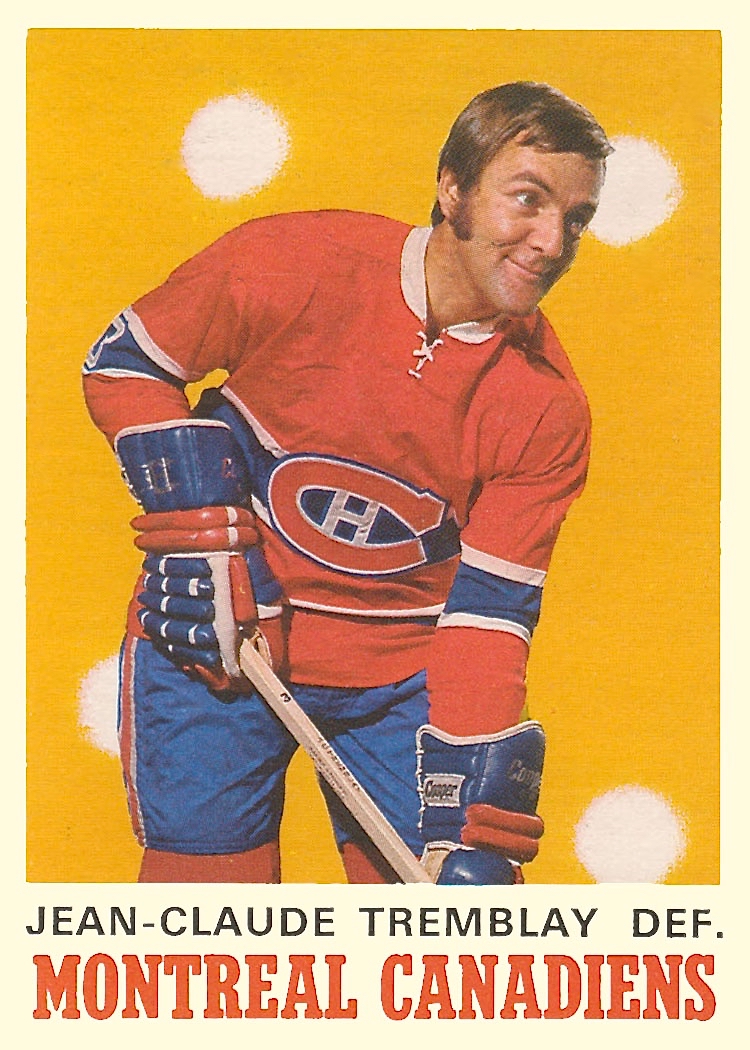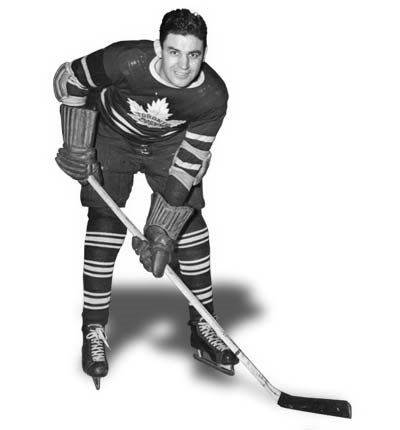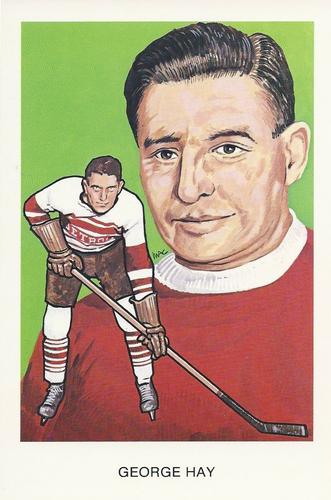Voight
#winning
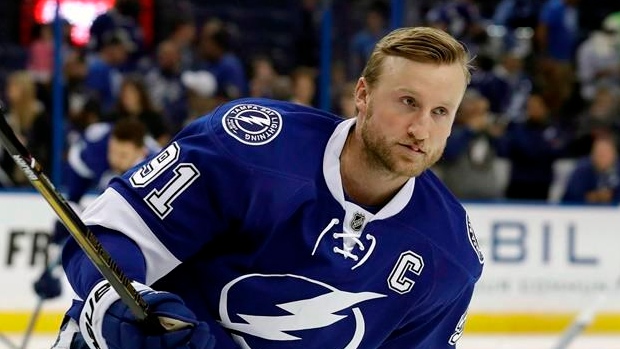
Steven Stamkos
Awards and Achievements:
Maurice "Rocket" Richard Trophy 2010, 2012
NHL Second All-Star Team 2011, 2012
Runner up for the Hart Memorial Trophy in 2012.
World Championship All-Star Team 2009
Stanley Cup Champion 2020, 2021
World Cup of Hockey Champion 2016
One of 19 players to score 60 goals in a season, One of 6 post-1990
One of two players to score 60 goals 1996-present
Hart voting - 2nd(2012), 6th(2010), 8th(2013), 11th(2011), 11th(2015), 14th(2019)
All-Star voting - 2nd(2011), 2nd(2012), 3rd(2013), 3rd(2010), 4th(2015), 12th(2016)
Offensive Achievements:
Points - 2nd(2012), 2nd(2013), 5th(2010), 5th(2011), 9th(2019)
Goals - 1st(2010), 1st(2012), 2nd(2011), 2nd(2013), 2nd(2015), 4th(2019), 7th(2016)
Playoff Points - 3rd(2021), 8th(2011), 5th(2015)
Playoff Goals - 2nd(2021), 6th(2011), 6th(2015), 8th(2018)
Playoff Assists - 5th(2021), 9th(2011), 5th(2015)
5 Year Peak: 2009 to 2014
4th in Points, 95% of 1st place Martin St. Louis
1st in Goals, 103% of 2nd place Alex Ovechkin
32nd in Assists, 64% of 3rd place Martin St. Louis
10 Year Peak: 2009 to 2019
5th in Points, 87% of 1st place Sidney Crosby
2nd in Goals, 84% of 1st place Alex Ovechkin
27th in Assists, 67% of 1st place Nicklas Backstrom
**During this period of time he missed 1/2 of one season & more than 3/4 of another**
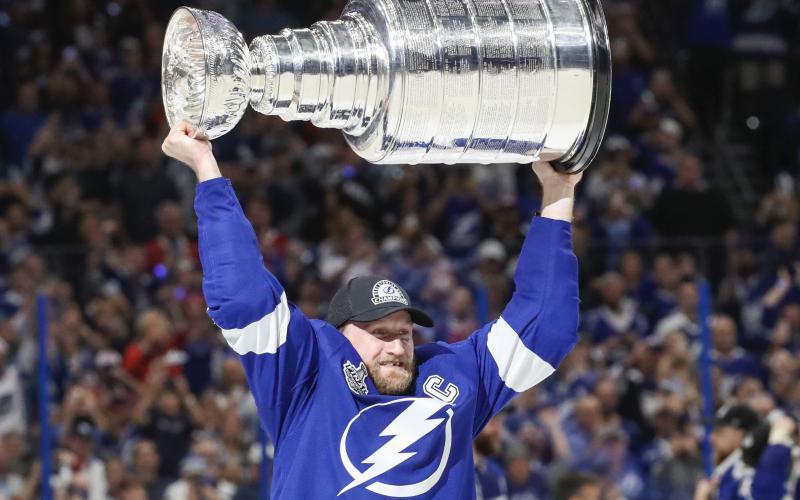
Martin Brodeur said:He just hits the net. He's always accurate.
Scotty Bowman said:He reminds me of a young Yzerman
Steve Yzerman said:I didn't have as hard a shot, and he's a better skater. His skating ability has opened eyes.
Steve Yzerman said:No question.
He's elevated his play and scored so many goals that were part of our comeback. He's such a big part of our team, he should get serious consideration, in my opinion.
The name of the game is to win, so generally you're going to look at who had the biggest impact on a winning team, but every now and then a player is so good and so important to his team, even if they don't make the playoffs, you have to take a look at him.
Michael Farber - Sports Illustrated said:Of course, Stamkos really already had found his place: the left face-off circle.
Study a shot chart of the center's goals since 2009--10. The left circle, around the face-off dot, looks like a Google Earth picture of a shopping mall on Black Friday. He scored 22 from that circle last season, five so far this year. Coach Guy Boucher emphasizes mobility on the Lightning's amoeba of a power play, and Stamkos, a righthanded shot, indeed pops up in the slot, or on the right side, practically everywhere. Ten of his 19 goals in 20 games have come from below the circles—so-called "dirty areas"—which underscores that hockey's best pure shooter is improving as an impure shooter. (Stamkos had five tip-in goals last season, but his first two goals this year came on deflections.) Clearly his sublime hand-eye coordination can produce tip-ins, but that's like saying Pavarotti could also sing Happy Birthday. He is a goal scorer, with one noteworthy distinction. Like Wayne Gretzky's "office" behind the net, Stamkos's playpen is the left dot, launching pad for hockey's biggest weapon—his one-timer.
The Hockey News said:Skates very well, has awesome hand/eye coordination and can score in a variety of ways. His one-timer when parked high in the slot is deadly. Displays solid playmaking and two-way upside. Plays with enough grit and aggression to keep opponents honest.
Elite scorer with big upside.
Will Steven Stamkos be the NHL's next 50-in-50 player? - Yahoo! said:The power-play prowess. When Hull scored 50 goals in his team's first 50 games in 1990-91, he finished with 86 on the year and scored 29 on the power play. Stamkos plays the same kind of sniper role on the Lightning power play, and has 10 of his 19 goals with the man advantage. He's lethal when given room to shoot.
Can Stamkos stay healthy and go 50-in-50? It's a distinct possibility. But even if he doesn't, we're witnessing an extraordinary offensive season from what is right now -- and due respect to Alex Ovechkin and Alex Semin of the Washington Capitals -- the most exciting player in the NHL.
Pierre McGuire said:"He's one of the bright young stars of this league," said Canadian and U.S. TV analyst and former Whalers coach Pierre McGuire, who watched Stamkos get two goals and an assist in Thursday's 5-2 victory over the Senators.
"He's so much quicker, and his legs have more power. He was always good. Now he's about to take it to the next level."
Tampa Bay Times said:When Steven Stamkos is done playing, he’ll likely own most, if not all, of the Lightning’s career scoring records. He’ll have won multiple Stanley Cups and has two Rocket Richard trophies. He’ll almost certainly be inducted into the Hockey Hall of Fame.
Vincent Lecavalier said:“Steven is the best goal-scorer in Lightning history and now he has the record to prove it,” Lecavalier said in a statement provided by the team. “How he’s gotten to 384 - all the adversity, scoring from all over the ice - and still managing to set the record in a relatively small number of games is remarkable and further establishes Stammer as one of the top goal-scorers in the history of the game. It’s an honor to call him a friend and a teammate.”
Last edited:

